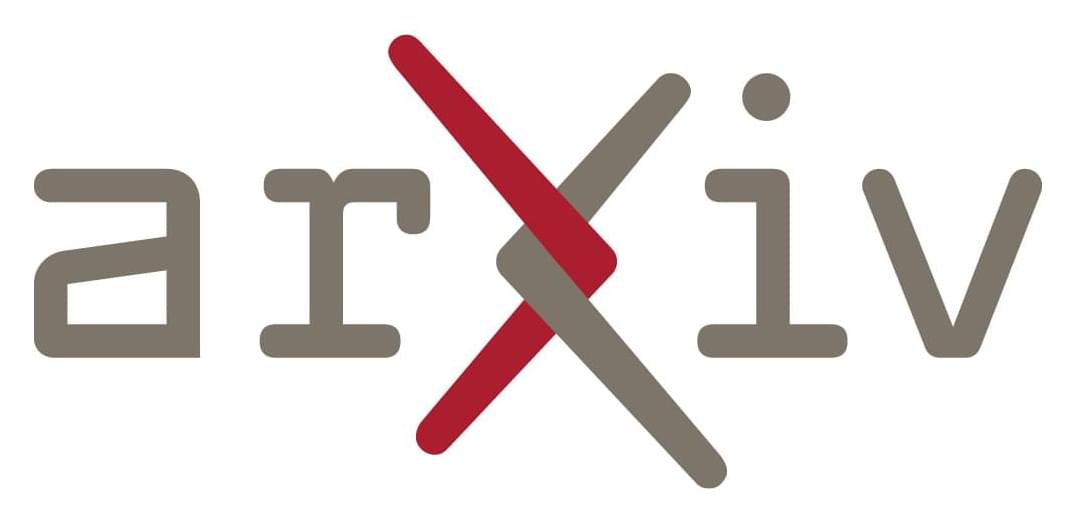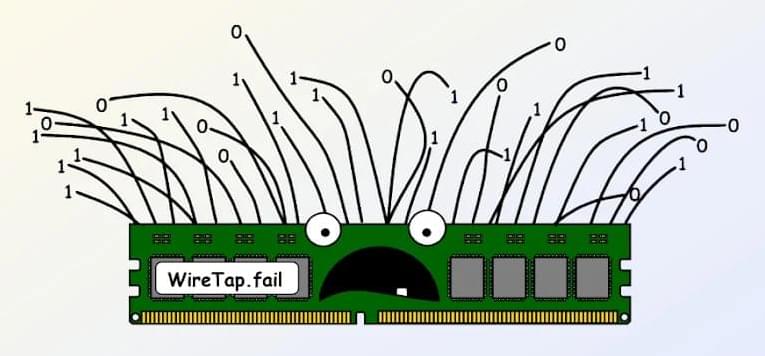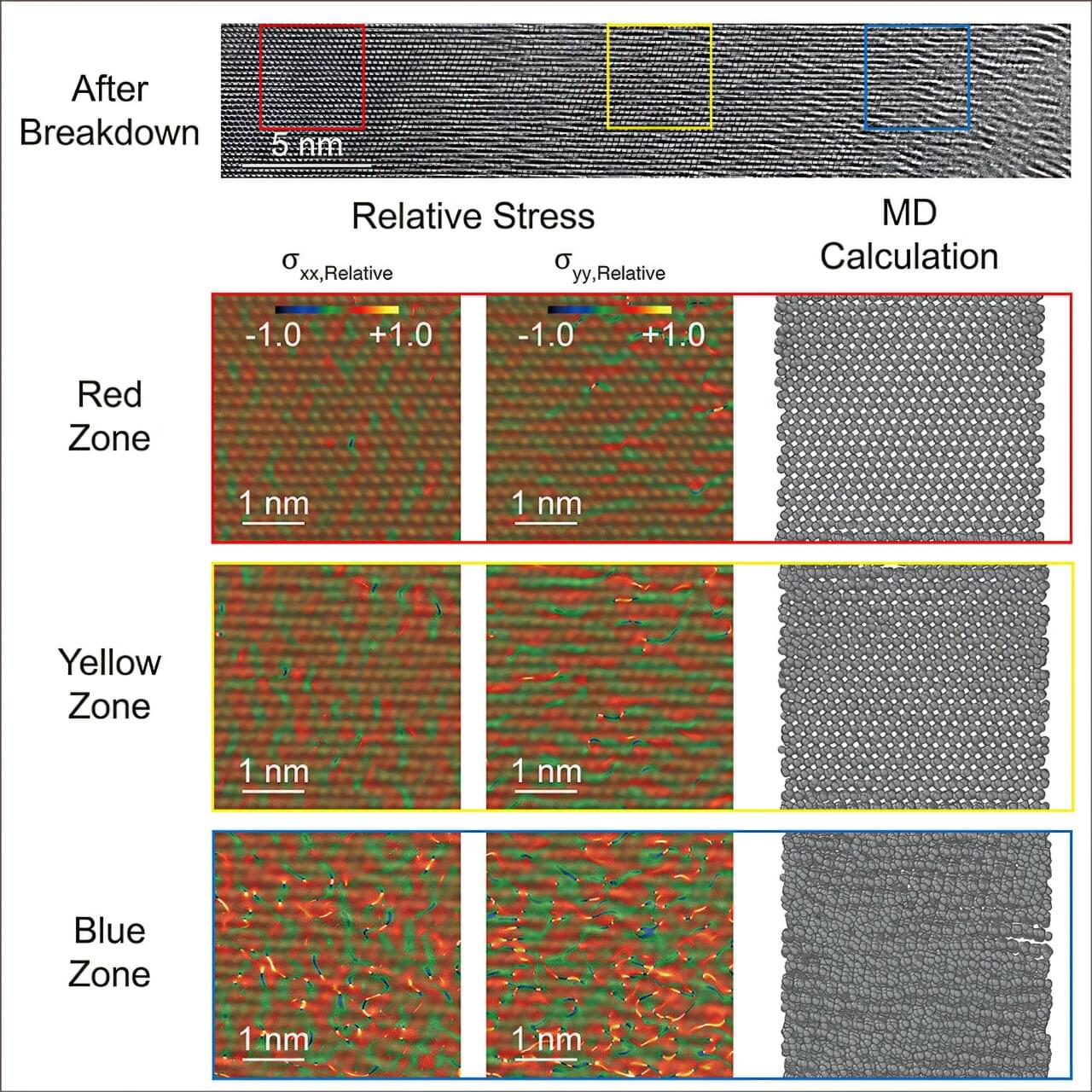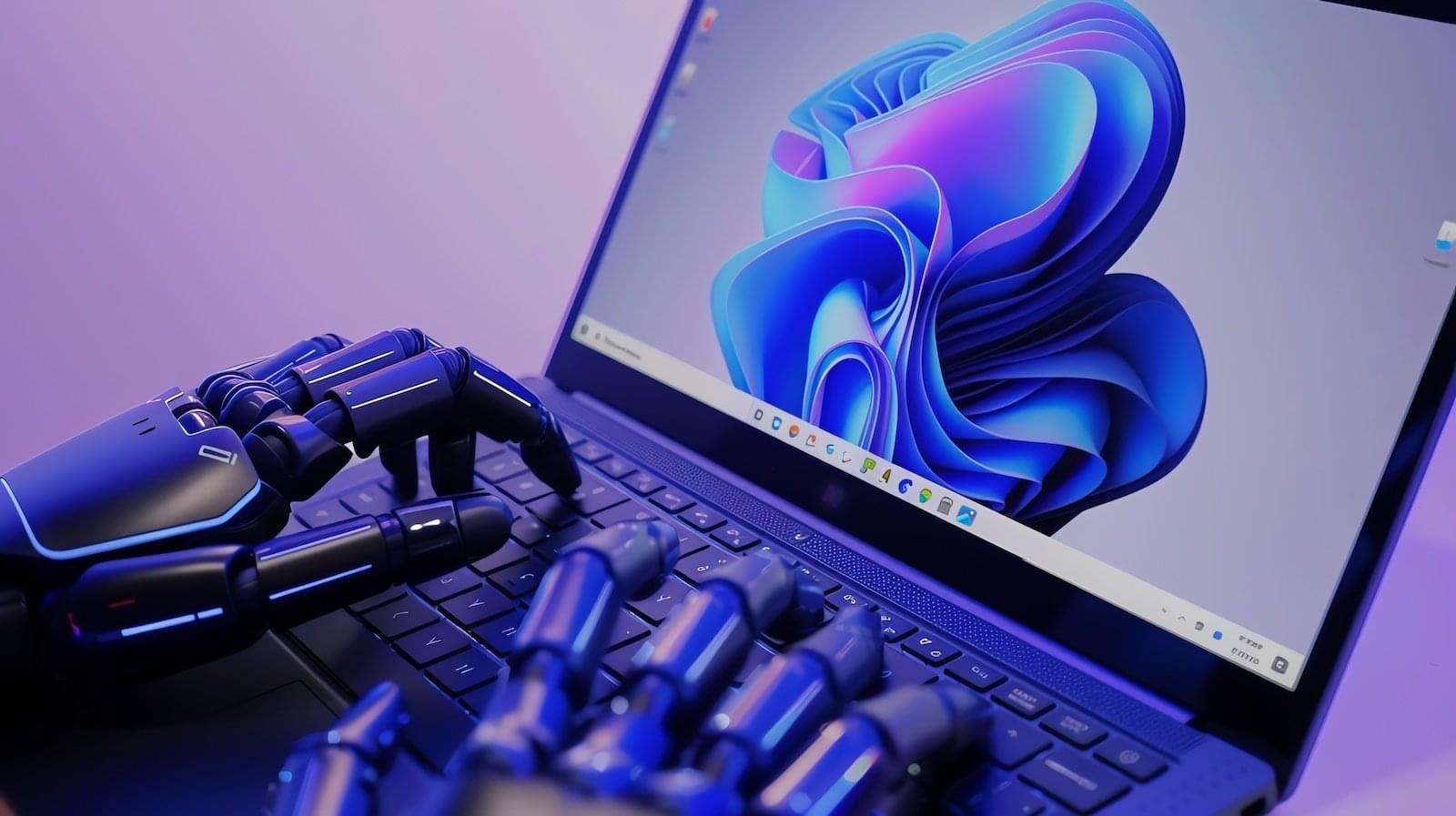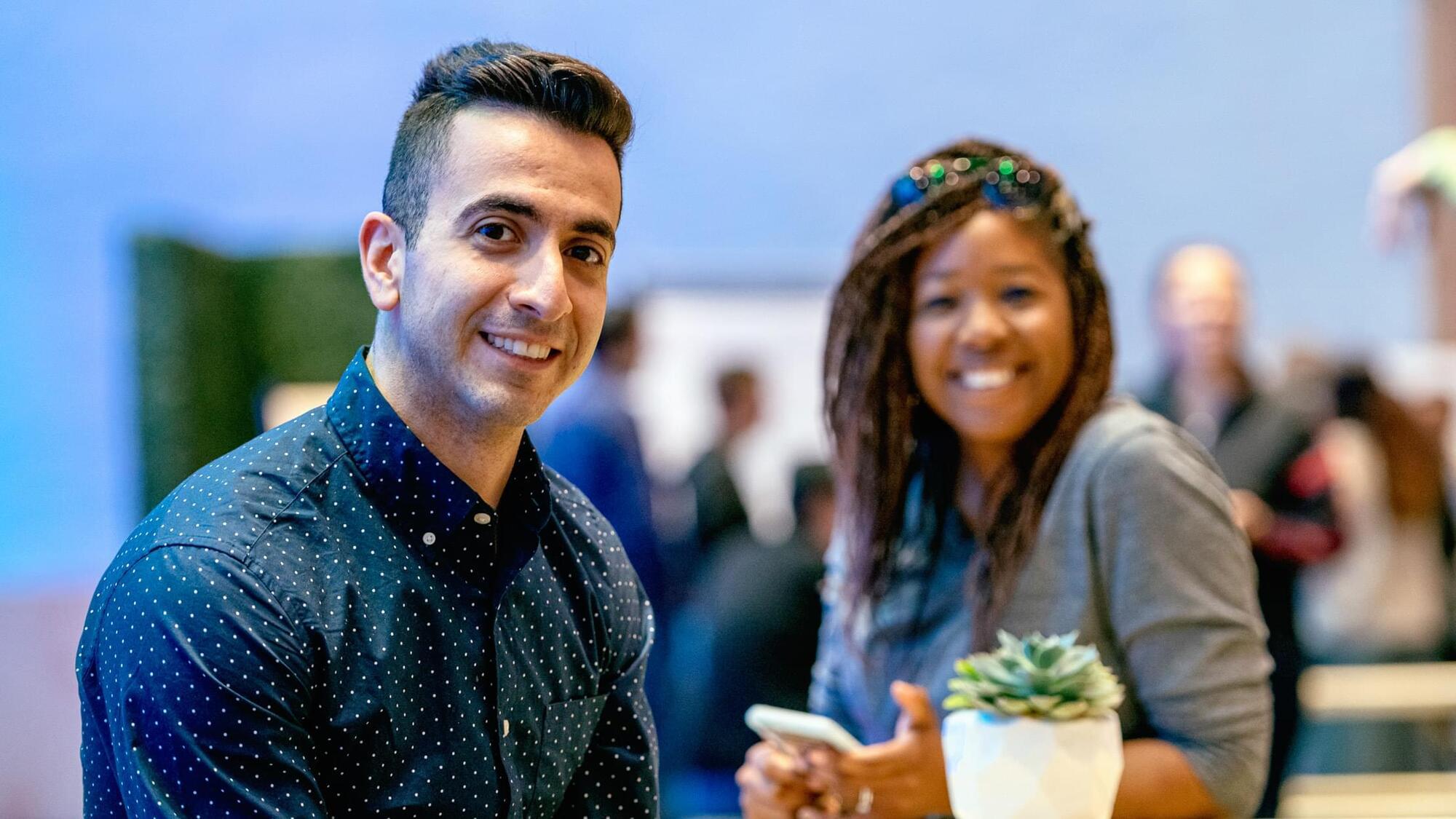Researchers at the University of Tsukuba have developed a novel method for controlling the optical rotation of conductive polymer polythiophene in a magnetic field at low voltage. This method combines the “Faraday rotation” phenomenon, in which a polarizing plane rotates in response to a magnetic field, with the electrochemical oxidation and reduction of conductive polymers.
The study is published in the journal Molecular Crystals and Liquid Crystals.
Conductive polymers possess various properties in addition to conductivity, with applications in light-emitting devices, electromagnetic wave shielding, and anticorrosion materials.

